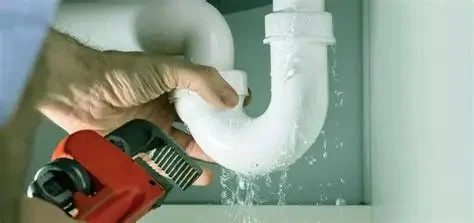
- 1- Signs of Hidden Damage After a Plumbing Leak
- 2- Common Types of Hidden Damage from Plumbing Leaks
- 3- How to Detect Hidden Water Damage
- 4- Preventing Future Leaks and Damage
- 5- When to Call a Plumber for Hidden Damage
1. Signs of Hidden Damage After a Plumbing Leak
After a plumbing leak, it’s not always easy to identify the extent of the damage. Some damage may not be immediately visible, but if left untreated, it can lead to significant issues. Here are some signs that you may have hidden damage from a plumbing leak:
- Musty or Moldy Smell: A persistent musty smell could indicate hidden water damage that has led to mold or mildew growth in the walls or under the flooring.
- Discoloration or Stains: Water stains on ceilings, walls, or floors are often a sign of a hidden leak. These stains may appear long after the leak itself has been fixed.
- Warped Flooring: If the flooring near the leak site is beginning to warp, buckle, or become soft, this can be a sign of moisture that has seeped beneath the surface.
- Increased Utility Bills: A spike in water bills after a leak may indicate that there’s hidden water damage somewhere in your home that continues to cause leaks, even if the visible leak has been fixed.
2. Common Types of Hidden Damage from Plumbing Leaks
Plumbing leaks can lead to a variety of hidden damages in your home. Some of the most common types include:
- Structural Damage: Leaks can weaken the structural integrity of your home, especially in wooden floors and beams. If water has seeped into the foundation or structural framing, it can cause long-term damage.
- Wall and Ceiling Damage: Water that leaks into walls or ceilings can cause extensive damage over time. This can result in weakened drywall, sagging ceilings, and even the growth of mold inside the walls.
- Damage to Insulation: Insulation that has become wet due to a leak can lose its effectiveness, leading to higher energy bills and potential issues with the temperature regulation inside your home.
- Electrical Damage: Hidden leaks near electrical wiring can cause short circuits or pose a fire hazard if not addressed immediately. Water and electricity don’t mix, so it’s essential to check for any water exposure near wiring.
3. How to Detect Hidden Water Damage
Detecting hidden water damage after a plumbing leak requires a combination of observation and sometimes professional tools. Here’s how to identify hidden water damage:
- Visual Inspection: Start by inspecting areas where the leak was most likely to have occurred. Look for discoloration, stains, or any peeling paint. Use a flashlight to inspect dark or hard-to-reach places like behind cabinets or under sinks.
- Check for Dampness: Use a moisture meter to check for dampness behind walls or under floors. If you don’t have a moisture meter, you can try pressing a towel or cloth against surfaces and feeling for any moisture.
- Check for Mold or Mildew: Mold can appear within 24-48 hours of water exposure. Check any hidden corners, cracks, or crevices for visible signs of mold, especially in areas like basements, crawl spaces, and behind appliances.
- Hire a Professional Inspector: If you suspect hidden water damage but cannot find it yourself, consider hiring a professional inspector. Many professionals use infrared cameras to detect moisture behind walls and in hard-to-reach areas.
4. Preventing Future Leaks and Damage
Once you've identified and repaired the initial plumbing leak, it’s crucial to take steps to prevent future leaks and hidden damage. Here are some preventive measures to consider:
- Regular Pipe Inspections: Schedule regular inspections of your plumbing system to check for any signs of wear or weakness in pipes. Early detection of problems can save you from costly repairs in the future.
- Upgrade Old Plumbing: If you have old, corroded pipes, consider upgrading to newer, more durable materials like PEX or copper. Old pipes are more prone to leaks and can cause significant hidden damage.
- Ensure Proper Ventilation: Good ventilation can help reduce moisture buildup, especially in areas like bathrooms and kitchens where humidity levels can be high. Use exhaust fans to keep these areas dry.
- Maintain Gutters and Downspouts: Keep your gutters and downspouts clean to ensure proper drainage and avoid water from leaking into your home’s foundation.
5. When to Call a Plumber for Hidden Damage
If you suspect hidden damage due to a plumbing leak or if you're unable to detect it yourself, it’s time to call a professional plumber. Here are some situations where calling a plumber is essential:
- Persistent Leaks: If leaks continue to occur after you’ve attempted to fix them, a plumber can help find and address the underlying cause.
- Complex Plumbing Issues: If you’re dealing with difficult-to-reach pipes or complicated plumbing systems, a professional plumber has the tools and expertise to detect hidden issues.
- Structural Damage Concerns: If you suspect that the leak has caused structural damage, it’s essential to have a plumber inspect the area to assess the extent of the problem and recommend the proper solution.
For the best products, tools, and expert advice on plumbing leak detection and prevention, visit Plumbers Supply Hub to find the right resources for your needs.

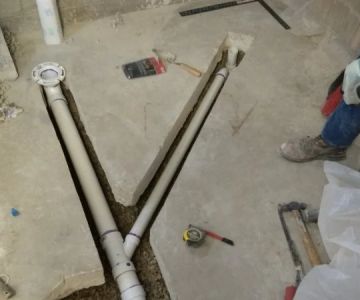





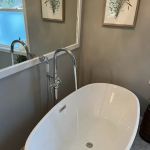 Oakland Plumbing LLC5.0 (17 reviews)
Oakland Plumbing LLC5.0 (17 reviews)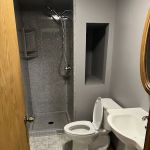 Midwest Plumbing & Service4.0 (7 reviews)
Midwest Plumbing & Service4.0 (7 reviews) Moberly Plumbing4.0 (117 reviews)
Moberly Plumbing4.0 (117 reviews)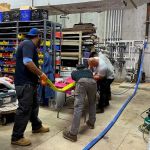 American Trenchless Technologies4.0 (8 reviews)
American Trenchless Technologies4.0 (8 reviews) Tony's Plumbing3.0 (12 reviews)
Tony's Plumbing3.0 (12 reviews)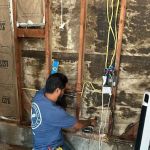 Socal Plumbing Co5.0 (5 reviews)
Socal Plumbing Co5.0 (5 reviews)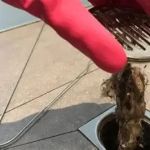 How to Repair a Hairball Clog Without Harsh Chemicals
How to Repair a Hairball Clog Without Harsh Chemicals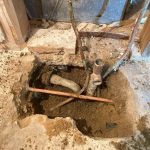 How to Repair a Junction That Is Leaking Under Slab: A Comprehensive Guide
How to Repair a Junction That Is Leaking Under Slab: A Comprehensive Guide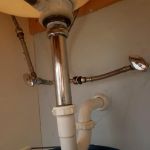 How to Replace a Sink Overflow Tube: A Complete Step-by-Step Guide
How to Replace a Sink Overflow Tube: A Complete Step-by-Step Guide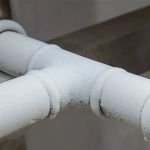 What Causes Frozen Pipes and How You Can Prevent It - Expert Tips
What Causes Frozen Pipes and How You Can Prevent It - Expert Tips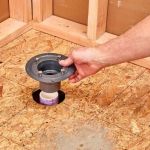 How to Replace a Shower Niche Drain: Step-by-Step Guide for Homeowners
How to Replace a Shower Niche Drain: Step-by-Step Guide for Homeowners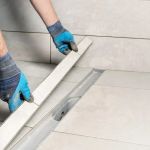 How to Replace an In-Wall Shower Drain: Step-by-Step Guide
How to Replace an In-Wall Shower Drain: Step-by-Step Guide